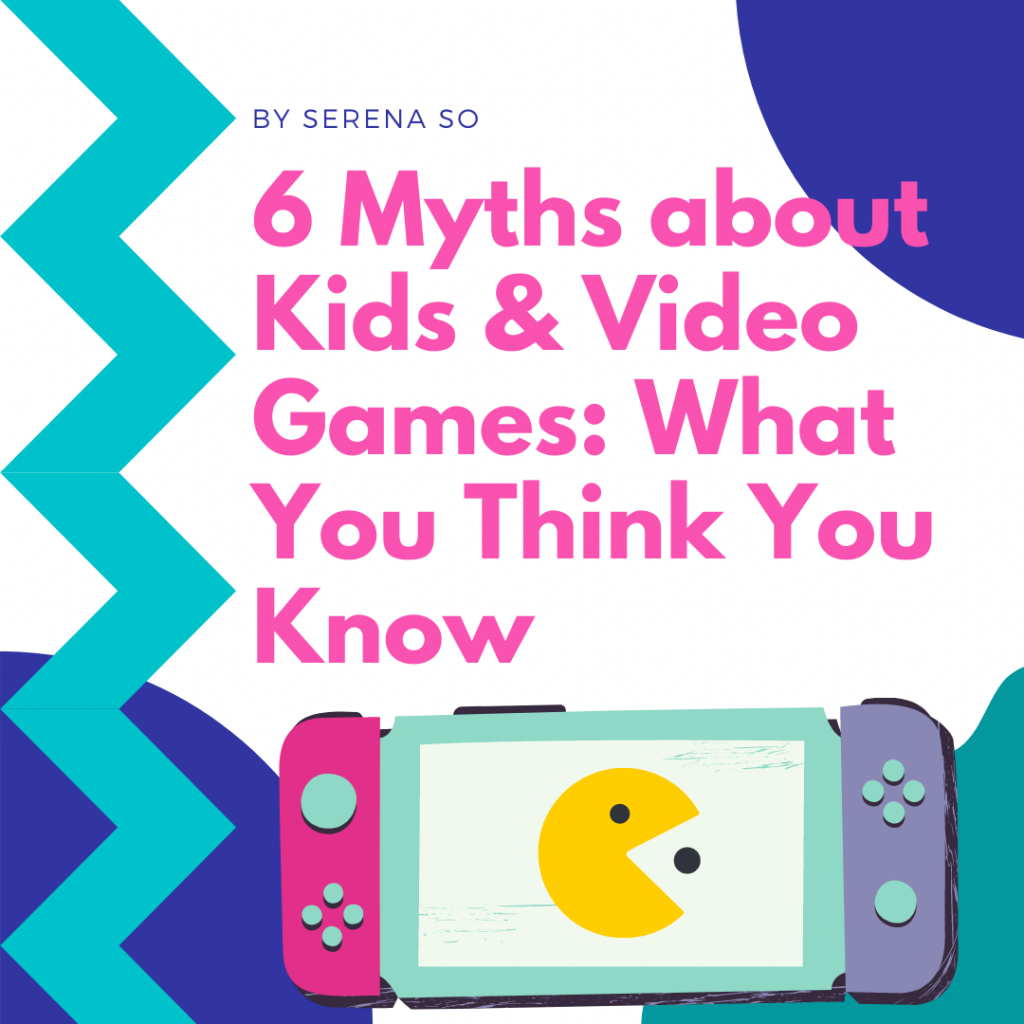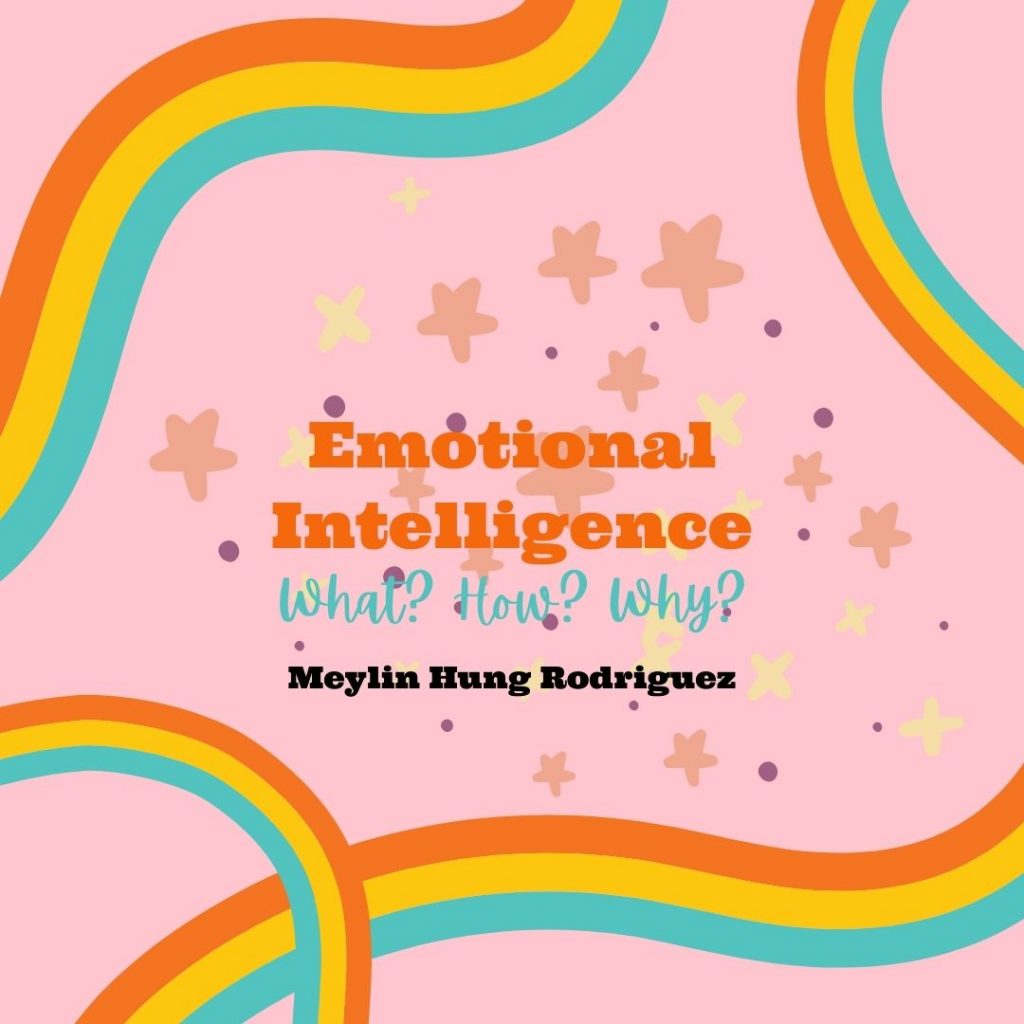
Nowadays, many kids spend more time playing on devices than they do playing outside. It is natural for parents to wonder how this could be affecting their child. Is this bad for my child’s growth? Is it harming their mental health? Are they going to become addicted? These are all completely normal and common questions to have! This post will take you through some of the most common myths about kids and video games, and help to debunk them one by one.
Myth #1: Video games are all the same.
This is not so! Video games come in all shapes and sizes, and not all video games are educational. This is an important distinction to make! Educational video games are specially designed to help the player learn and build skills in a certain area, such as in reading, math, history, or in the case of Lightouch—social emotional skills! Touli’s World is an educational video game that teaches children (and parents) about Emotional Intelligence. Educational games can take many forms—mobile and tablet games, laptop games, console games, and immersive or partially immersive virtual reality. And they are all meant to make learning more fun and engaging. However, it is important to know that not all educational games are created equally. Some are better quality than others, and this has to do with how well the game is designed for children’s learning.
Myth #2: Video games cause people to become violent.
This is probably one of the most common myths about video games, and hotly debated by parents. Not all video games are violent, but for the ones that are (think Call of Duty or Fortnite) it makes sense that this is a concern. And yet, many studies over the years have struggled to find evidence for a connection between playing video games and aggressive behavior.
In a study done in 2017, participants aged 18-45 years old were asked to play a violent game (Grand Theft Auto), a non-violent game (Sims 3), or no game at all every day for two months. They measured changes in aggressive behavior, sexist attitudes, and mental health issues. The researchers found that there were no significant negative effects in any of these areas after two months of playing video games every day.
Another similar study published in 2019, over 1,000 adolescents and their guardians were interviewed about their video game habits and there was no connection found between playing video games and the teenagers being more aggressive or less social.
These two studies can’t provide all the answers, but they do represent an overall pattern emerging from video game literature—that video games do not have a meaningful impact on violent behavior.
Myth #3: Video games are very addictive and damaging to mental health.
Actually, video games have been shown to relieve stress and improve mental health in players. In a study done by University of Saskatchewan, they found many cognitive benefits that came from video games, especially when players were working towards a shared goal and were able to socialize with each other. They found lower stress levels stemming from the psychological escape that games provided.
This has never been more relevant for today, as we find ourselves living in the context of a pandemic. Kids all over the world are not able to see or play with their friends like they used to because we are supposed to keep our distance from each other. No one knows how long it will take for us to be worry-free again–the future is uncertain. Video games allow players to detach from the current reality, and let them feel some control over another environment—whether it be through building an island with friends, or defeating a dragon to progress to the next level. The effects of this are meaningful–lower stress, the ability to relax, and a feeling of mastery. This is huge for building children’s self-esteem and self-motivation. To see tangible results of their efforts helps them to stay motivated towards a challenging task and lets them know that they are capable of succeeding at something difficult.
Of course, it is important to have a healthy balance in life, and this includes how much we play video games. Parents should definitely set limits for game time to help children stay in control of their gaming. Because, yes, video game addiction does exist. However, statistics show it is the minority of cases. As long as video games are not taking up all your child’s time by replacing things that are good for them such as exercise, sleeping, being outside, and talking with family, you don’t need to be worried.
Myth #4: Gaming is only for loners who don’t want to socialize.
This is far from the truth! Video games can actually provide players with more opportunities to socialize, and this is especially useful for kids who do not like to have conversations over Zoom (which is likely to be most of them)! Many kids prefer to communicate through playing, which is not possible in a lockdown situation. Schools normally provide the opportunities for kids to socialize, but school openings and closures are unstable. Many parents are working from home and are not able to tend to their child’s every social need. This is where video games come in! Multiplayer video games that take place over the internet (like Among Us, Animal Crossing, Minecraft, Roblox, the list is endless!) can fulfill this need for kids to be able to communicate and play with each other without being physically together. This helps to lessen boredom and loneliness during quarantine time. And most often, they are working together towards a common goal within the game, which helps them to feel a sense of community even when they can’t be with others.
Also, Touli’s World is an educational video game for developing emotional intelligence in children, and a big component of that is social skills! Now, your child can literally learn about social skills through playing a video game—how cool is that?
Myth #5: Playing video games is a waste of valuable time that could be spent learning or doing some other productive activity.
Like we said before, video games can be educational. They can be used to learn new skills, such as skills involved in emotional intelligence in our beloved Touli’s World. But, even if a game is not labeled “educational”, many video games still provide opportunities for children to socialize, de-stress, keep their mind active, and even build their creativity and imagination. If you take the time to browse the different kinds of games out there, you’ll get an idea of just how much imagination has gone into creating them to make engaging experiences for your child. For example, in Minecraft, players can play in “survival mode” and have complete freedom to find different natural resources in their environment to build a shelter and craft items in order to protect themselves from monsters in the wilderness. This enhances creativity, problem-solving, self-direction, and collaboration skills (if they choose the multiplayer option!)
Myth #6: Only boys like to play video games.
This is just not true. According to the Interactive and Gaming Network (IGEA), 47% of video game players are female, and people of all ages like to play video games. By looking at the vast array of the types of games out there, it is safe to say that there is probably a game to suit every preference!
ADDED BONUS: Playing video games as a family could also be a fun way to spend time together.
Written By: Serena So
References:
CBC Radio. (2020, Nov 20). Bored and lonely? Researcher says online game can help us socialize safely during the pandemic. CBC.
CBC News. (2020, May 10). U of S research finds video games can relieve stress, improve mental health. CBC.
Oglethorpe, M. (2019, Aug 5). Playing video games: Unravelling some common myths. The
Modern Parent.
https://themodernparent.net/playing-video-games-unravelling-some-common-myths//
Interactive Games & Entertainment Association. (2020). Digital Australia 2020 Report: The
Power of Games. IGEA.
https://igea.net/2019/07/digital-australia-2020-da20//.
Etchells, P. (2019, Apr 6). Five damaging myths about video games – Let’s shoot ‘em up. The
Guardian.
https://www.theguardian.com/games/2019/apr/06/five-damaging-myths-about-video-games-lets-shoot-em-up
Pryzbylski, A.K. & Weinstein, N. (2019). Violent video game engagement is not associated with
adolescents’ aggressive behavior: Evidence from a registered report. Royal Society Open Science, 6, 1-16.
https://royalsocietypublishing.org/doi/10.1098/rsos.171474
Kuhn, S., Kugler, D.T., Schmalen, K., Weichenberger, M., Witt, C., & Gallinat, J. (2019). Does
playing violent video games cause aggression? A longitudinal intervention study. Molecular Psychiatry, 24, 1220-1234.
https://www.nature.com/articles/s41380-018-0031-7.pdf?origin=ppub
iD Tech. (2016, Jun 7). The educational benefits of Minecraft. iD Tech.









